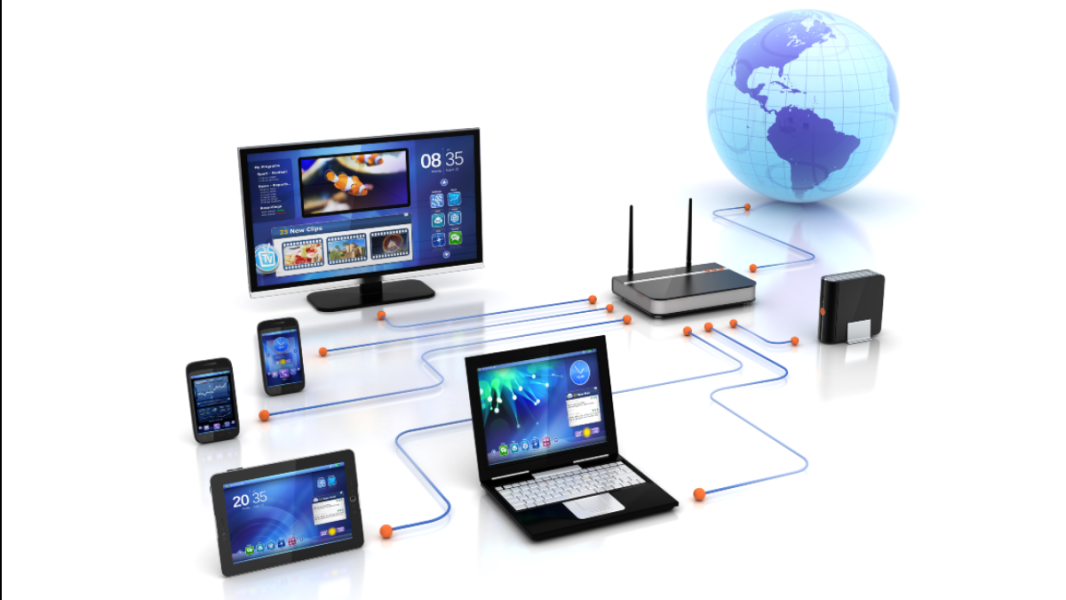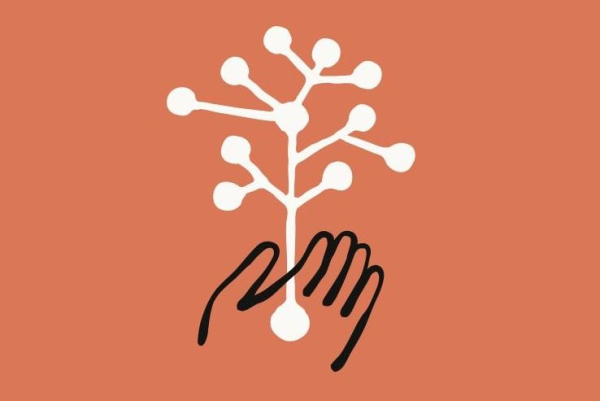
(Image credit: Getty Images) Jump to:
The Internet Protocol (IP) and Transmission Control Protocol (TCP) are the languages that computers use to communicate with each other, and they cover more than just how the Internet works.
TCP/IP makes the Internet function similar to a postal system. There is an address book containing the identifier of each device on the network, and a set of standard envelopes for packaging information. Each envelope must contain the sender's address, the recipient's address, and information about the contents.
IP describes how the addressing system functions, while TCP explains the process of packaging and transmitting data.
All computers are assigned a unique IP address when they connect to the Internet, according to PC Magazine. You can find out yours by Googling “what is my IP.” Note that it’s not the most human-readable format. It consists of either four numbers from 0 to 255 separated by periods or eight four-digit sequences separated by colons.
You may also notice that your IP address doesn't stay the same. At home, you get it from your internet service provider, but when you're out and about, it could belong to the Wi-Fi you connected to at a coffee shop or your company's network, according to Business Insider.
How TCP/IP Works
To load a website, your device needs to know the IP address of the web server that contains the data you need. This is also a long string of letters and numbers, and it can change unexpectedly.
Luckily, there's a second address system that helps your computer find the right place. It's called the Domain Name System, or DNS, and it gives servers human-readable names, known as domains, according to Cloudflare. Your web browser can look these up to determine which IP address to use.
Your computer then establishes a connection with the server via a three-way handshake, according to the CISSP study guide. It first sends a message to the server asking if it is ready to communicate. This is done by sending a blank envelope with the words “synchronize?” written on the front.
If the server is ready, it responds by writing an “acknowledgment” on a new envelope and sending it back. Finally, your computer completes the connection process by sending a third envelope that also confirms that it is ready to communicate.

Your devices connect to the Internet by following a set of rules.
You are now ready to exchange data.
To do this, the server breaks the website content into small pieces and
Sourse: www.livescience.com





